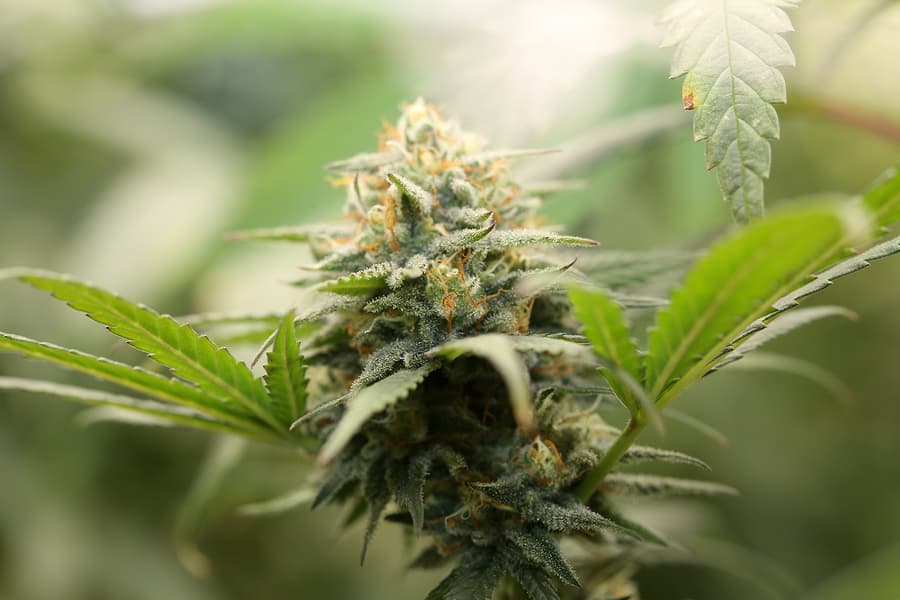Marijuana legalization is here. There’s just no other way to look at it.
In 1999, only five states had legalized medical marijuana. Today that number stands at 33, with some ready to push for medical legalization this year or next. Widespread recreational use of the drug may come to pass even more quickly. Colorado became the first in 2012. Since then, 10 states have passed recreational use of the drug. Others are considering it for the ballot over the next few years.
As an employer, this presents a bit of a problem.
It’s a costly problem, too. In entirety, employee substance abuse costs employers $164 billion a year. That’s a staggering price tag.
There is no question. Drug use in the workplace lowers productivity. Employee drug use also increases absenteeism and turnover. But, the primary concern of employers is to provide a safe working environment for all. An employee working while under the influence of marijuana could jeopardize that.
According to the National Institutes of Health, workplace accidents involving the use of marijuana have increased by 55 percent. And accidents involving injury have increased by 85 percent. As more and more states legalize cannabis, these numbers aren’t likely to go down any time soon.
Then and Now…
The Drug-Free Workplace Act was established in 1988. It required organizations to maintain a drug-free workplace to receive:
- a federal job contract of more than $100,000,
- or a federal grant of any size.
As a result, a variety of jobs were then required to conduct drug testing.
Many employers today follow these same guidelines even though they are not federally mandated to do so. Perks such as lower workers’ comp premiums are an incentive, but ultimately safety is a top priority.
The DEA has classified marijuana as a Schedule 1 drug. There is a high potential for abuse with these drugs.
Employers have every right to treat marijuana as a dangerous intoxicant.
At this time, there are no plans to remove marijuana from the DOT drug panel. Officials, however, are concerned that employers will be forced to remove it from workplace testing if marijuana is de-scheduled. This is based on HHS law. This would have a significant negative impact on workplace safety.
Employers regulated by the DOT will simply keep everything the same. If you’re not required to follow DOT regulations, you are free to remove marijuana from your panel.
Before you change your drug testing policy, make sure to have everything documented in writing. Having all of your policies and procedures on record is your best defense against any discriminatory or bias lawsuit that could result from an employee who feels they were singled out.
Medical Marijuana/CBD Oil
The list of medicinal benefits of marijuana and CBD oils runs the gamut. It has been medically proven to be useful for the pain relief and nausea associated with chemotherapy. It also helps to relax the extremely taut muscles in MS patients. There are many other examples.
It also comes with side effects though. An employee can cause an accident when impaired by THC because it affects them both mentally and physically.
In June 2018, the FDA approved a drug made with the CBD oil extracted from the marijuana plant. It is used to treat two rare and severe forms of epilepsy in children two years of age and older. Epidiolex is classified as a Schedule 5. Schedule 5 drugs are defined as having a lower potential for abuse and contain limited quantities of a narcotic.
CBD oil, however, does not induce a high. Employees who use CBD oils should not test positive for marijuana. However, CBD products are completely unregulated. As a result, most have higher THC levels than indicated on the label and can cause a positive drug test result. This can create an unfortunate surprise.
CBD users should do their research and choose a reputable manufacturer.
Recreational Marijuana
The legalization of recreational marijuana creates other complications for employers.
An employee who tests positive could then argue that they were not under the influence while at work. They may claim that they had smoked off the clock, days or even weeks prior.
Sadly, there is no way to detect if someone is under the influence. We can only detect metabolites produced by consuming drugs.
Metabolites in the:
- fat cells are detected in a urine sample for up to 30 days,
- in a hair sample for up to 90 days,
- and lastly, in a saliva sample for up to 72 hours.
Things could get hazy here.
Hence, that’s why it’s essential to have everything documented in your drug testing policy. This is your best line of defense.
Blow Here…
If only there was a way to detect current impairment as we can with alcohol …
Take heart! A few companies are working hard to get one to the market. They have entered the testing phase, so keep your fingers crossed. It will be here before long. Mouth swab technology is evolving, as well. Many employers use this method to detect very recent drug use but ignore the rest.
An Ounce of Prevention
Consult a professional to see if you need to tweak your protocol to better align with the legalization laws in your state. A lawyer, compliance specialist, or HR expert should review your policy and then guide you on any changes.
Whether or not your company changes its policy, keep your employees aware of your drug testing policy. All employees should have access to a printed copy. Host a class aligning the continued dangers of drug use at work versus the new laws in your state.
Being proactive helps reduce confusion and conflict. More importantly, it helps keep the workplace safer and more productive. That’s what we all want.
